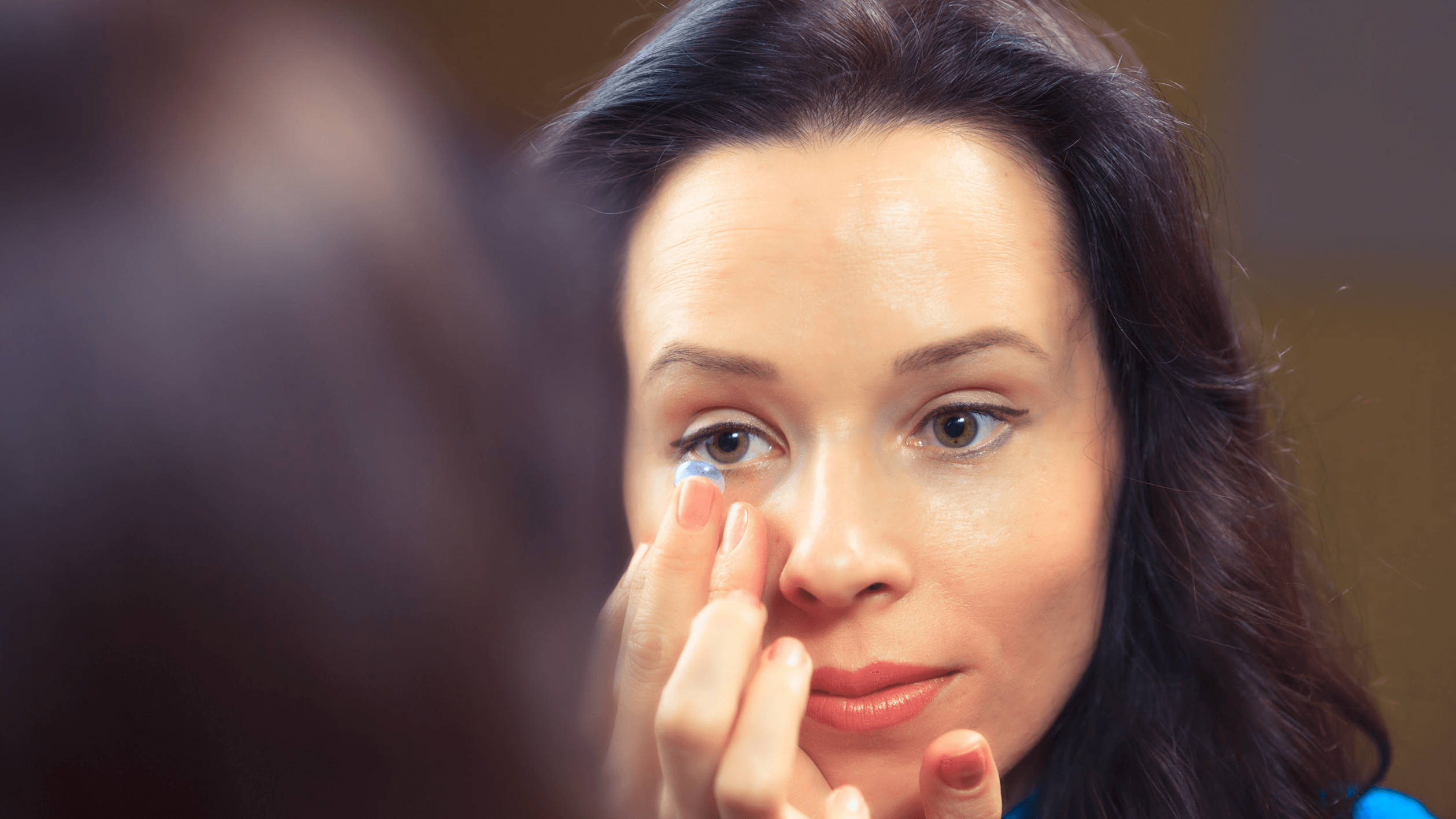What is an Amniotic Membrane Contact Lens?
&srotate=0)
An amniotic membrane contact lens (AMCL) is made from the same material as the innermost layer of the placenta. The amnion has unique regenerative and healing properties that make it ideal for all kinds of medical applications, including conditions like dry eye syndrome and corneal scarring.
Dr. Ming Wang, Harvard & MIT (MD, magna cum laude); PhD (laser physics) invented the world’s first amniotic membrane contact lens. Since then, it has been used by countless eye doctors throughout the world in nearly every nation. Millions have had their eyesight restored through AMCLs.
Our doctors may recommend an amniotic membrane contact lens during an assessment. Call Wang Vision Institute to learn how AMCLs promote natural healing and can prevent further damage to the eye.
How did you create the amniotic membrane contact lens?
The amniotic membrane is the innermost layer of the placenta, which is the sac that nourishes and protects a growing fetus during pregnancy. This tissue is usually discarded as medical waste after a baby is born, but it can be collected and used for medical applications.
Dr. Wang spent nearly 20 years studying the regenerative properties that exist within the amniotic membrane. When placed on the surface of the eye, it can help regenerate damaged tissue and reduce inflammation.
Wang Vision Institute has obtained two U.S. patents for the amniotic membrane contact lens. We also published a scientific paper that demonstrated the reduction of corneal scarring after application. Our hope is that this technology will help people restore and maintain their vision for many years to come.
Who can benefit from an amniotic membrane contact lens?
Many people struggle with dry eye syndrome – a condition in which our eyes do not produce enough quality tears to keep them lubricated, causing symptoms like redness, itching, burning, and blurry vision. When traditional treatments like artificial tears do not provide enough relief, an amniotic membrane contact lens may help.
Corneal scarring is another condition that may be treated with an AMCL. The cornea is the clear, outer layer of the eye that covers the iris and pupil. If this tissue becomes damaged, it can lead to scars that distort your vision. AMCLs may revive the damaged tissue.
Are AMCLs safe?
Our doctors can perform an assessment to determine your candidacy for AMCLs. An examination is necessary to make sure you do not have any contraindications that make the procedure ineffective or unsafe.
Once you are cleared for treatment, we prepare the lens in our state-of-the-art facility and apply it during a brief in-office procedure. The process is generally well tolerated and comes with a low risk of complications. Temporary side effects like blurry vision are common and should resolve within a short period.
Some patients may require a second application of the AMCL based on the severity of their condition. Dr. Wang can let you know if this is the case during an initial consultation.
Restore your vision with AMCLs
Conditions like dry eye syndrome and corneal scarring can be painful and debilitating. Now, you can find relief with an amniotic membrane contact lens at Wang Vision Institute. Dr. Ming Wang has spent years perfecting this cutting-edge treatment and is proud to offer it to people in need. Call our Nashville eye center to schedule an AMCL consultation.